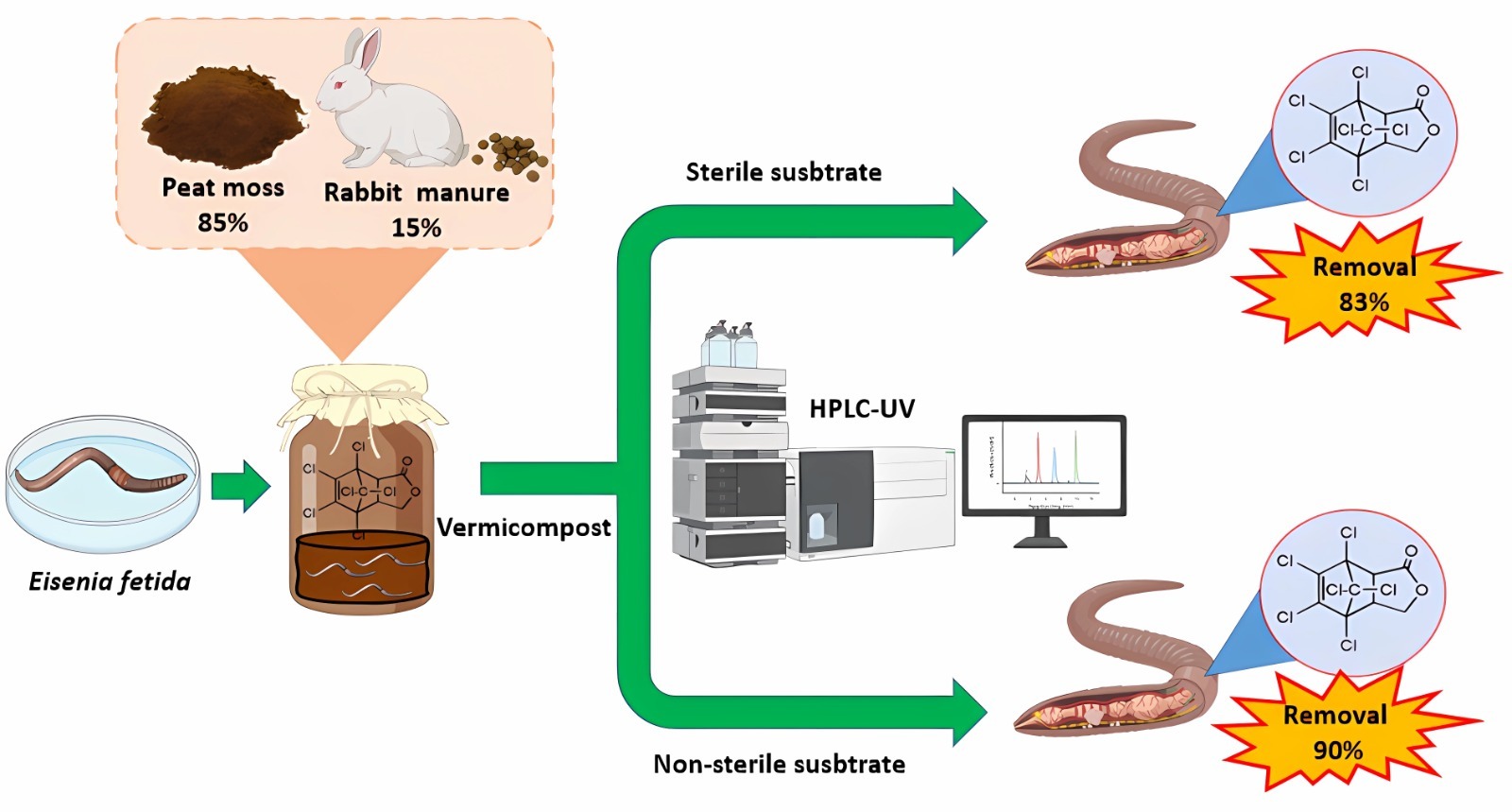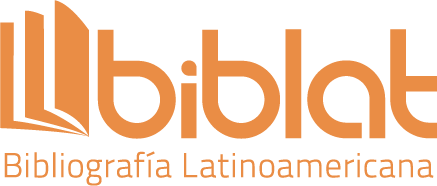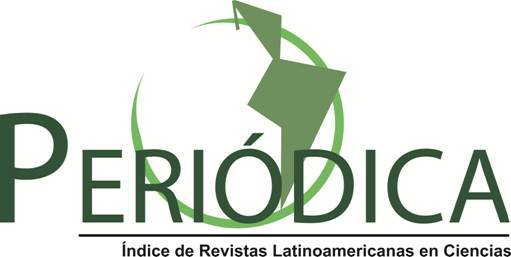Bioaccumulation, elimination, and effect of endosulfan lactone on the concentration of Eisenia fetida fatty acids
DOI:
https://doi.org/10.18633/biotecnia.v27.2358Keywords:
Vermicompost, pesticides, bioremediation, endosulfanAbstract
Earthworms are organisms that play an important role in soil ecology as they establish mutualist relationships with microorganisms to degrade organic matter, generating less-complex compounds and more available to be used as a carbon source. This symbiosis between Eisenia fetida and microorganisms allows xenobiotic compounds to be removed, accumulated and/or eliminated when xenobiotic compounds are present in the soil. Endosulfan is a pesticide that has been widely used and although it has a short half-life, it generates derivatives such as endosulfan ether, endosulfan sulfate, endosulfan lactone, etc. Some of them have been identified on agricultural soil so E. fetida is affected in its functions by its presence. These effects range from growth deficiencies to physiological and metabolic damage, leading to their death. In this study was assessed the effect of substrate microorganisms on weight gain, bioaccumulation and elimination of endosulfan lactone in Eisenia, at different concentrations (0.001, 0.004 and 0.009 mg kg-1), using sterile and non-sterile substrate. An 84% increase in weight of the worm was observed, with 0.004 mg kg-1 of endosulfan lactone, maximum accumulation (95%), and elimination (80%) pesticide, on non-sterile substrate. Multivariate statistical analysis showed that the concentration of fatty acids present in E. fetida was higher in non-sterile substrate, demonstrating the mutualist relationship between the worm and microorganisms present in the system.
Downloads
References
Ali M., Kazmi A., Ahmed N. (2014) Estudio sobre los efectos de la temperatura, la humedad y el pH en la cinética de degradación de aldrin, endosulfán y lindano durante el compostaje continuo a gran escala del tambor rotativo. Chemosphere, 102: 68-75.
ASTM 6584. Standard Test Method for Determination of Total Monoglycerides, Total Diglycerides, Total Triglycerides, and Free and Total Glycerin in B-100 Biodiesel Methyl Esters by Gas Chromatography
Astoviza M.J., Cappelletti N., Bilos C., Migoya M.C., Colombo J.C. (2016) Massive airborne endosulfan inputs related to intensive agriculture in Argentina's Pampa. Chemosphere. 144, 1459-1466. https://doi.org/10.1016/j.chemosphere.2015.10.033.
Cao J., Diao X., Hu J., Xie J., Du J., Zhao C. (2013) Effects of clomazone on antioxidative enzymes activity and DNA damage of earthworm. J. Agro. Environ. Sci. 32, 925–931.
Cao J., Li P., Li Q., Zheng P., Diao X. (2015) Bioaccumulation and elimination of the herbicide clomazone in the earthworms Eisenia fetida. Bull. Env. Cont. Toxicol. 95, 606-610. https://doi.org/10.1007/s00128-015-1649-7.
Chen T., Teng Y., Luo Y., Li X., Sun X., Li Z., Liu P. (2011) Potential for biodegradation of polychlorinated biphenyls (PCBs) by Sinorhizobium meliloti. J. Haz. Mat. 186, 1438-1444. https://doi.org/10.1016/j.jhazmat.2010.12.008.
Coutiño E., Hernández B., Gutiérrez R., Dendooven L. (2010) The earthworm Eisenia fetida accelerates the removal of anthracene and 9, 10-anthraquinone, the most abundant degradation product, in soil. Int. Biodeter. Biodegrad. 64, 525-529. https://doi.org/10.1016/j.ibiod.2010.05.002.
Curry J.P., Schmidt O. (2007) The feeding ecology of earthworms- A review. Pedobiologia. 50, 463-477. https://doi.org/10.1016/j.pedobi.2006.09.001.
Farenhorst A., Topp E., Bowman B.T., Tomlin A.D. (2000) Earthworm burrowing and feeding activity and the potential for atrazine transport by preferential flow. Soil Bio. Biochem.32,479-488. https://doi.org/10.1016/S0038-0717(99)00177-7
Givaudan N., Binet F., Le Bot B., Wiegand C. (2014) Earthworm tolerance to residual agricultural pesticide contamination: field and experimental assessment of detoxification capabilities. Environ. Pollut. 192, 9–18. http://doi.org./10.1016/j.envpol.2014.05.001.
Howell G.E., McDevitt E., Henein L., Mulligan C., Young D. (2018) Alterations in cellular lipid metabolism produce neutral lipid accumulation following exposure to the organochlorine compound trans‐nonachlor in rat primary hepatocytes. Env. Toxicol. 33 (9), 962-971. https://doi.org/10.1002/tox.22583.
Jayaraj R., Megha P., Sreedev P. (2016) Organochlorine pesticides, their toxic effects on living organisms and their fate in the environment. Interdisc. Toxicol. 9(3-4), 90–100. https://doi.org/10.1515/intox-2016-0012.
Kersanté A., Martin-Laurent F., Soulas G., Binet F. (2006) Interactions of earthworms with Atrazine-degrading bacteria in an agricultural soil. FEMS Microbiol. Ecol. 57, 192-205. https://doi.org/10.1111/j.1574-6941.2006.00108.x.
Lavelle P., Lattaud C., Trigo D., Barois I. (1995). Mutualism and biodiversity in soils Plant and Soil 170, 23-33. https://doi.org/10.1007/BF02183052.
Leesun K., Jin-Woo J., Ji-Young S., Chul-Su K., Jin Ye, H.J.K., Chang-Ho L., Seung-Man H., Sung-Deuk Ch. (2020) Nationwide levels and distribution of endosulfan in air, soil, water, and sediment in South Korea, Env. Poll., 265(Part B), 115035. https://doi.org/10.1016/j.envpol.2020.115035.
Li J., Sun H., Wang B., Hu G. (2004) Prediction of pyrene bioavailability in soil by earthworm (Eisenia fetida) bioaccumulation. J. Agr. Environ. Sci. 23, 1151-1155. https://doi.org/10.15640/jaes.
Lin D., Xie X., Zhou Q., & Liu Y. (2012) Biochemical and genotoxic effect of triclosan on earthworms (Eisenia fetida) using contact and soil tests. Environ. Toxicol. 27 (7), 385-392. https://doi.org/10.1002/tox.20651.
Lingling L., Yang D. , Song Y., Shi Y., Huang B., Bitsch A., Yan J. (2017) The potential acute and chronic toxicity of cyfluthrin on the soil model organism, Eisenia fetida. (2017). Ecotoxicol. Environ. Saf. 144, 456-463. http://doi.org/10.1016/j.ecoenv.2017.06.064.
Liu S., Zhou Q., Wang Y. (2018) Growth, reproduction and biochemical toxicity of chlorantraniliprole in soil on earthworms (Eisenia fetida). Chemosphere 150, 18–25. http://doi.org/10.1016/j.ecoenv.2017.12.010.
Mehdi M.M., Layqat M., Majid S. (2020) Biomolecular alterations by chronic sub-lethal exposure of malathion and paraquat in Drosophila melanogaster: study on pesticide tolerance in insects. Int. J Trop. Insect. Sci. 40, 869–876 https://doi.org/10.1007/s42690-020-00143-6.
Mosleh Y., Paris S., Couderchet M., Verne G. (2003) Effects of the herbicide isoproturon on survival growth rate, and protein content of mature earthworms (Lumbricus terrestris L.) and its fate in the soil. Appl. Soil Ecol. 23, 69–77. https://doi.org/10.1155/2010/678360.
Mudiam R., Ratnasekhar C., Saxena N. (2013) Gas chromatography mass spectrometry based metabolomic approach for optimization and toxicity evaluation of earthworm sub-lethal responses to carbofuran. PLoS One 8, e81077. https://doi.org/10.1371/journal.pone.0081077.
OECD (1984), Test No. 207: Earthworm, Acute Toxicity Tests, OECD Guidelines for the Testing of Chemicals, Section 2, OECD Publishing, Paris, https://doi.org/10.1787/9789264070042-en.
Odukkathil G., Vasudevan N. (2016) Residues of endosulfan in surface and subsurface agricultural soil and its bioremediation. J. Environ. Manag. 165: 72-80. https://doi.org/10.1016/j.jenvman.2015.09.020.
Oliveira J.M., Brinati A., Miranda L.D.L., Morais D.B., Zanuncio J.C., Gonçalves R.V., Peluzio M.C., Gouveia M.B. (2017) Exposure to the insecticide endosulfan induces liver morphology alterations and oxidative stress in fruit‐eating bats (Artibeus lituratus). Int. J. Exp. Path. 98 (1),17-25. https://doi.org/10.1111/iep.12223.
Organization for Economic Cooperation and Development. (1984) Earthworms acute toxicity test. In Guideline for Testing of Chemicals 207. Paris, France.
Owagboriaye F., Dedekeb G., Bamideleb J., Aladesidab A., Isiborc P., Feyisolad R., Adelekea M. (2020) Biochemical response and vermiremediation assessment of three earthworm species (Alma millsoni, Eudrilus eugeniae and Libyodrilus violaceus) in soil contaminated with a glyphosate-based herbicide. Ecol. Indic. 108, 105678. https://doi.org/10.1016/j.ecolind.2019.105678.
Peñaloza G.S.A., Rincón D.J.P., Restrepo L.G.C. (2013) Evaluación de la esterilización húmeda y la esterilización por microondas de dos tipos de suelos. Revista científica. 1 (17), 87-93. https://doi.org/10.14483/23448350.4567.
Silva M.H., Beauvais S.L. (2010) Human health risk assessment of endosulfan. I: Toxicology and hazard identification. Reg. Toxicol. Pharmacol. 56: 4-17. https://doi.org/10.1016/j.yrtph.2009.08.013.
Singh S.I., Singh S., Bhawana A.P. (2020) Chapter 13 - Earthworm-assisted bioremediation of agrochemicals. In, Prasad MNV, editor. Agrochemicals Detection, Treatment and Remediation. Butterworth-Heinemann. 307-327.
Sun Y., Zhao L., Li X., Hao Y., Xu H., Weng L., Li Y. (2019) Stimulation of earthworms (Eisenia fetida) on soil microbial communities to promote metolachlor degradation. Environ. Pollut. 248, 219-228. https://doi.org/10.1016/j.envpol.2019.01.058.
Sun Y., Diao X., Zhang Q., Shen J. (2005) Bioaccumulation and elimination of avermectin B1a in the earthworms (Eisenia fetida). Chemosphere 60, 699–704. https://doi.org/10.1016/j.chemosphere.2005.01.044.
Thangadurai P., Suresh S. (2014) Biodegradation of endosulfan by soil bacterial cultures. Int. Biodet. Biodeg., 94, 38-47. https://doi.org/10.1016/j.ibiod.2014.06.017.
Tiwari M.K., Guha S. (2013) Kinetics of the biodegradation pathway of endosulfan in the aerobic and anaerobic environments. Chemosphere 93, 567-573. https://doi.org/10.1016/j.chemosphere.2013.07.005.
Uchendu C., Ambali S.F., Ayo J.O., Esievo K.A.N. (2018) Chronic co-exposure to chlorpyrifos and deltamethrin pesticides induces alterations in serum lipids and oxidative stress in Wistar rats: mitigating role of alpha-lipoic acid. Env. Sci. Poll. Res. Int. 25 (20) 19605-19611. https://doi.org/10.36632/csi/2019.8.4.9.
Vázquez-Villegas P.T., Meza-Gordillo R., Luján-Hidalgo M.C., Cruz-Salomón A., Ruíz-Valdiviezo V.M., Gutiérrez-Miceli F.A., Villalobos-Maldonado J.J., Montes-Molina J.A. (2021) Optimization and validation of an extraction method for endosulfan lactone on a solid substrate. Processes. 9,284. https://doi.org/10.3390/pr9020284.
Vázquez P., Meza R., Gutiérrez F., Ruíz V., Villalobos J., Montes J., Fernández A. (2018) Determinación de CL50 y CE50 de endosulfán lactona y diazinón en lombriz de tierra (Eisenia foetida). Agroproductividad, 11 (4). Recuperado a partir de https://revista-agroproductividad.org/index.php/agroproductividad/article/view/277.
Villalobos-Maldonado J.J., Meza-Gordillo R., Mancilla-Margalli N.A., Ayora-Talavera T.R., Rodríguez-Mendiola M.A., Arias-Castro C., Vázquez-Villegas P.T., Ruíz-Valdiviezo V.M. (2015) Removal of decachlorobiphenyl in vermicomposting process amended with rabbit manure and peat moss. Water, Air, & Soil Poll., 226 (5), 1-11. https://doi.org/10.1007/s11270-015-2400-z.
Wang F., Ji R., Jiang Z., Chen W. (2014) Species-dependent effects of biochar amendment on bioaccumulation of atrazine in earthworms. Environ. Pollut. 186, 241-7. http://doi.org/10.1016/j.envpol.2013.12.012.
Wijesiri B., Liu A., Jayarathne A., Duodu G., Ayoko D., Chen L., Goonetilleke A. (2021) Influence of the hierarchical structure of land use on metals, nutrients and organochlorine pesticides in urban river sediment. Ecol. Eng. 159, 106123. https://doi.org/10.1016/j.ecoleng.2020.106123.
Xiang D., Chu T., Li M., Wang Q., Zhu, G. (2018) Effects of pyrethroid pesticide cis-bifenthrin on lipogenesis in hepatic cell line. Chemosphere 201, 840-849. https:// 10.1016/j.chemosphere.2018.03.009.
Yajuan S., Xiangbo X., Chen J., Ruoyu L., Xiaoqi Z., Yajing S., Yurong W. (2018) Antioxidant gene expression and metabolic responses of earthworms (Eisenia fetida) after exposure to various concentrations of hexabromocyclododecane. Environ. Pollut. 232, 2457-251. http://doi.org/10.1016/j.envpol.2017.09.039.
Ye X., Xiong K., Liu J. (2016) Comparative toxicity and bioaccumulation of fenvalerate and esfenvalerate to earthworm Eisenia fetida. J. Hazard. Mater. 310, 82–88. http://doi.org/10.1016/j.jhazmat.2016.02.010.
Zeb A., Li S., Wu J., Lian J., Liu W., Yuebing S. (2020) Insights into the mechanisms underlying the remediation potential of earthworms in contaminated soil: A critical review of research progress and prospects. Sci. Total Env. 740, 140145. https://doi.org/10.1016/j.scitotenv.2020.140145.
Zhang B., Pan X., Cobb G., Anderson T. (2009) Uptake, bioaccumulation, and biodegradation of hexahydro-1, 3, 5-trinitro-1, 3, 5-triazine (RDX) and its reduced metabolites (MNX and TNX) by the earthworm (Eisenia fetida). Chemosphere 76:76–82.

Downloads
Published
How to Cite
Issue
Section
License
Copyright (c) 2025

This work is licensed under a Creative Commons Attribution-NonCommercial-ShareAlike 4.0 International License.
The journal Biotecnia is licensed under the Attribution-NonCommercial-ShareAlike 4.0 International (CC BY-NC-SA 4.0) license.




_(1)_(1).png)






_(2).jpg)





